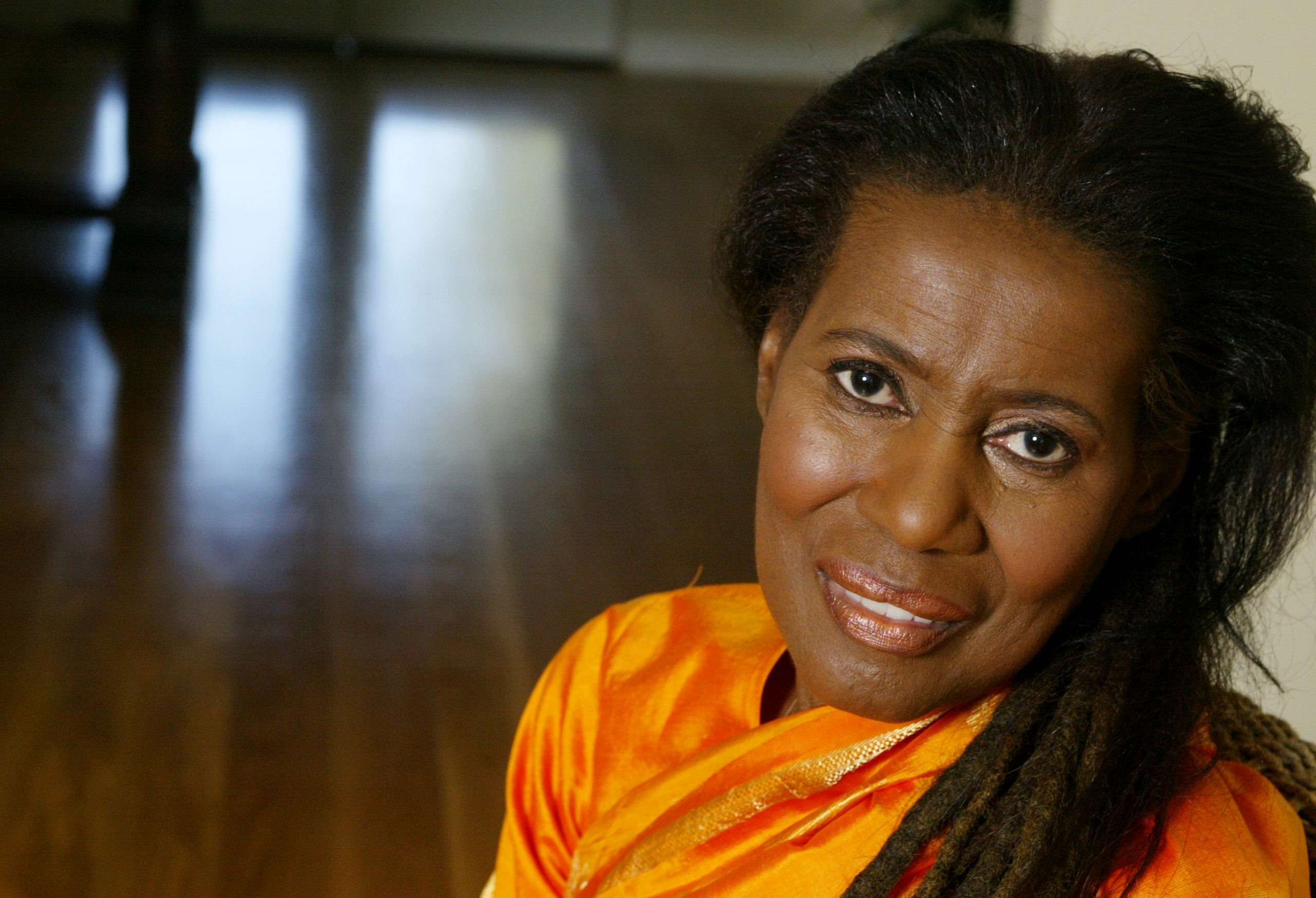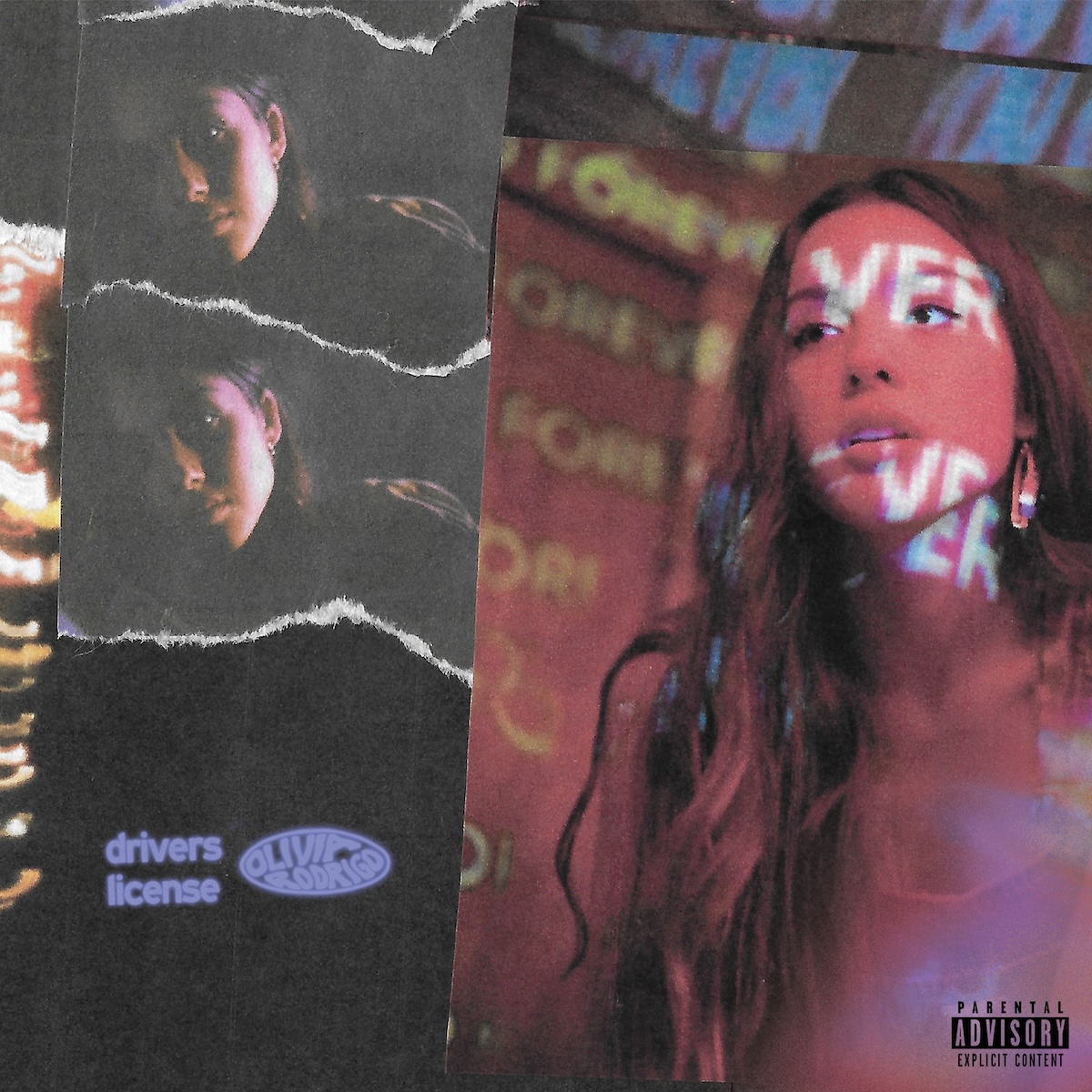Though she ultimately spent more time as his widow than as his wife, Alice McLeod’s marriage to John Coltrane was destined, as though by cosmic influence, to change both artists’ musical and spiritual paths. The two met in 1963; they had three children in rapid succession, John wrote his opus A Love Supreme in 1965, and by 1967, he had passed away due to liver cancer, leaving Alice to suffer insomnia, hallucinations, and rapid weight loss. Seeking strength from esteemed guru Swami Satchidananda, she bore the Coltrane legacy as an incomparable harpist, pianist and composer across 13 transcendent solo releases, but it was another name she adopted -- Turiyasangitananda, Sanskrit for “Highest Song Of God” – that would define her work more clearly as a spiritual pursuit, created away from secular life on an ashram she established in the Santa Monica Mountains. With the recent release of World Spirituality Classics 1: The Ecstatic Music Of Alice Coltrane Turiyasangitananda, David Byrne’s world music imprint Luaka Bop seeks to illuminate that history -- and a Red Bull Music Academy presentation of the work this weekend brings it to New York audiences.
The music director of the first part of RBMA's event, Surya Botofasina, refers to Alice Coltrane simply and respectfully as Swamini, his spiritual grandmother. Raised on Coltrane’s Shanti Anantam Ashram, Botofasina followed in Coltrane’s musical footsteps by studying the piano, and is slated to lead the ashram singers in a series of bhajans collected on World Spirituality Classics 1 for the RBMA presentation at Knockdown Center in Queens. These are not solely Vedic chants; Coltrane’s compositions weave complex jazz modes, her roots in Motor City gospel, and Egyptian mysticism into the mix as well.
“She left us this very clear roadmap of these recordings, preserved over time,” says Botofasina of the bhajans, originally released on private press cassette intended only for her ashram community. “This wasn’t just some average musician sitting down; this was a true master at the craft. That vast, endless amount of spirituality she infused into every note, you can’t fake that. So we pay homage, that’s the best we can do. We do it from the heart, we do it with devotion, we do it with passion, and with joy.”
Botofasina remembers pursuing music initially to make an impression on Coltrane (as well as his parents, who were also musicians), a “kind of innocent yearning for attention and approval,” he explains. Though he did not study piano with Coltrane directly, she spent Sundays with the young adults in the ashram, illuminating the musical components associated with the Bhagavad Gita, which Botofasina was often asked to play for his peers. Though it was easy to recognize her genius, Botofasina says he was in his teens before he felt the weight of Swamini’s importance outside the ashram.
“The name Coltrane isn’t just a name in jazz music,” he says. “It’s like, on Mount Rushmore.”
Botofasina recalls a service that took place in his early twenties when Coltrane indicated that he should accompany her during a devotional hymn. “She was calling out the chords -- A flat, B flat, G flat -- as it was going. Then at a certain point I look over for the next chord and she looked at me and said, ‘Just play.’” Botofasina recalls. “That really felt like a graduation.”
Meanwhile, across the country, a teenager named Brandee Younger who’d been studying classical harp came across “Blue Nile” (from Coltrane’s 1970 LP Ptah, The El Daoud) on a jazz compilation given to her by her father.
“When I got that CD from my dad, I was like, oh, I wanna do what [Coltrane] was able to do with the harp,” Younger recalls. “She was unapologetic with it. She wasn’t worrying about what other musicians thought of her, what other harpists thought of her, other pianists or organists. She was doing her. She was able to play this instrument on a spiritual level and speak to a sixteen year old kid.”
As an undergraduate at the Hartt School of the University Of Hartford, Younger continued classical studies but sat in on jazz master classes; during this time, she wrote fan letters to Coltrane that she never sent. “Growing up I was the only person of color in sight [in the harpist community],” she says. “[Coltrane] inspired me and helped me to feel a little more comfortable in my skin as a harpist.”
[videoembed size="full_width" alignment="center"][/videoembed]
Younger went on to earn a graduate degree in Music Performance and Composition at the Steinhardt School of New York University, where she was studying in 2007 when Coltrane passed away. In the wake of Coltrane’s death, a bittersweet opportunity presented itself, thanks to Ravi Coltrane -- John and Alice’s saxophonist son -- and their mutual friend Antoine Rooney.
“Ravi actually called me to play this huge memorial at Saint John the Divine in New York,” remembers Younger. “I knew her music in my head, but I had never played it, so I was a little nervous. I maybe did a couple backflips.”
Taking a note from Coltrane’s playbook, Younger has created her own hybridized harp style, and in 2016 released her sophomore album Wax & Wane. Younger often pays homage to Coltrane with covers and tribute shows, and will reunite with Ravi Coltrane, as well as bassist Reggie Workman and a cast of all-star musicians, to bring Coltrane’s solo work back to the stage in a separately-ticketed RBMA performance to directly follow the ashram singers’ devotional set.
Both the RBMA event and Luaka Bop’s re-release of Coltrane’s Ashram music serve to highlight her unique vision and singular talent a decade after her passing, as well as the vast reach of her continued influence. Beyond that, her amalgamated spirituality makes a compelling case for universal divinity; from the death of her husband onward, Coltrane’s work centered not on mortality, but on some eternal life beyond it.
[videoembed size="full_width" alignment="center"][/videoembed]
Botofasina is quick to point out that no matter what one’s religious beliefs, Coltrane made this music to inspire positivity in everyone. “We don’t own the rights for the soul of this music,” he says. “I’m glad that others will have the opportunity to experience [it], because this music was such a positive experience for myself. It’s home. She’s my family. I miss her a lot, and I know I’m not alone in that.” He adds, “She gave our ashram family a mission, and these bhajans have continued to be chanted every week for the last 10 years and beyond. Now there’s a chance for folks to participate in this positivity and deepness that we are all connected to, and for that I’m very happy.”
In her soaring body of work, Alice Coltrane Turiyasangitananda sings the highest song indeed, and lives forever in the musicians she inspired.






